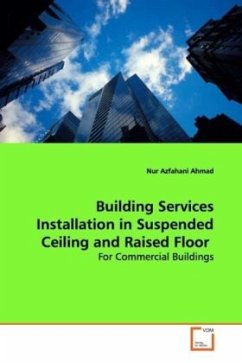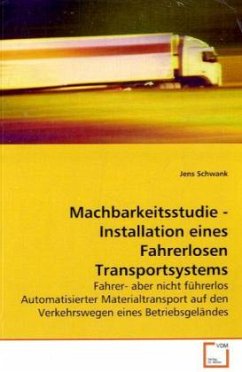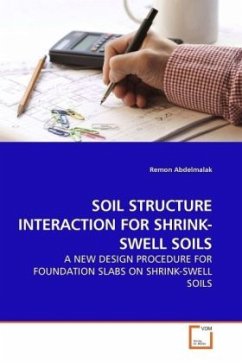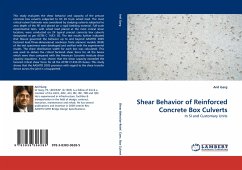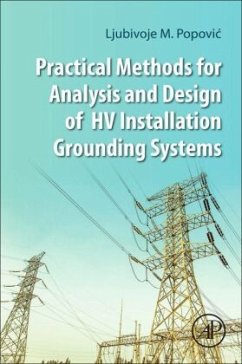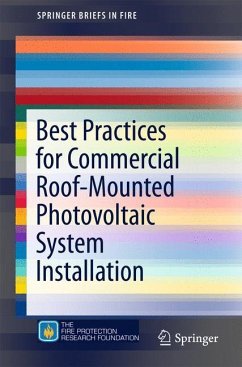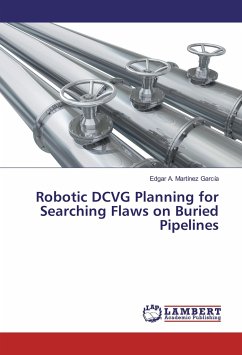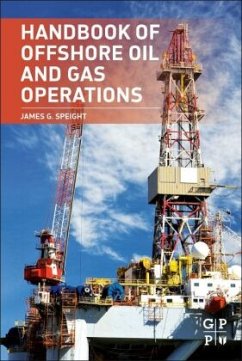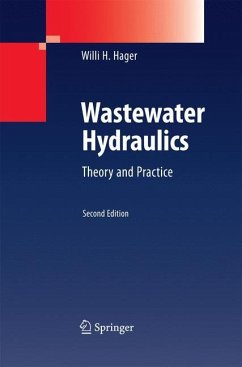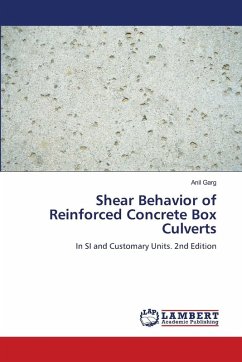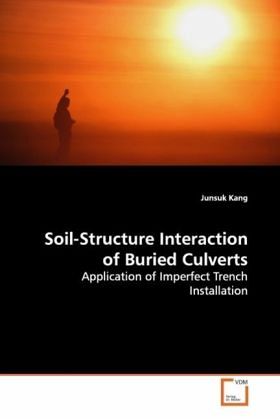
Soil-Structure Interaction of Buried Culverts
Application of Imperfect Trench Installation
Versandkostenfrei!
Versandfertig in 6-10 Tagen
45,99 €
inkl. MwSt.

PAYBACK Punkte
23 °P sammeln!
The imperfect trench installation method has beenused to reduce earth pressure on deeply buriedconduits. Few quantitative refinements to theimperfect trench installation method, however, havebeen added since the fundamental mechanics of thereverse arching action was proposed by Marston andSpangler. It was found during the course of thisstudy that significant frictional forces developalong the sidewalls of buried conduits and adjacentsidefills in imperfect trench installations. CurrentAmerican Association of State Highway andTransportation Officials provisions do not considerthese frictional fo...
The imperfect trench installation method has been
used to reduce earth pressure on deeply buried
conduits. Few quantitative refinements to the
imperfect trench installation method, however, have
been added since the fundamental mechanics of the
reverse arching action was proposed by Marston and
Spangler. It was found during the course of this
study that significant frictional forces develop
along the sidewalls of buried conduits and adjacent
sidefills in imperfect trench installations. Current
American Association of State Highway and
Transportation Officials provisions do not consider
these frictional forces, but they cannot be neglected
in imperfect trench installations as their effect is
dominant. The objectives of this study were to study
the soil-structure interaction for deeply buried
roadway conduits (concrete pipes, corrugated
polyvinyl chloride (PVC) pipes, corrugated steel
pipes, and box culverts) and the efficiency of the
imperfect trench method for their installations.
This research identifies variables that significantly
affect earth loads, as well as the effects of bedding
and sidefill treatments.
used to reduce earth pressure on deeply buried
conduits. Few quantitative refinements to the
imperfect trench installation method, however, have
been added since the fundamental mechanics of the
reverse arching action was proposed by Marston and
Spangler. It was found during the course of this
study that significant frictional forces develop
along the sidewalls of buried conduits and adjacent
sidefills in imperfect trench installations. Current
American Association of State Highway and
Transportation Officials provisions do not consider
these frictional forces, but they cannot be neglected
in imperfect trench installations as their effect is
dominant. The objectives of this study were to study
the soil-structure interaction for deeply buried
roadway conduits (concrete pipes, corrugated
polyvinyl chloride (PVC) pipes, corrugated steel
pipes, and box culverts) and the efficiency of the
imperfect trench method for their installations.
This research identifies variables that significantly
affect earth loads, as well as the effects of bedding
and sidefill treatments.



